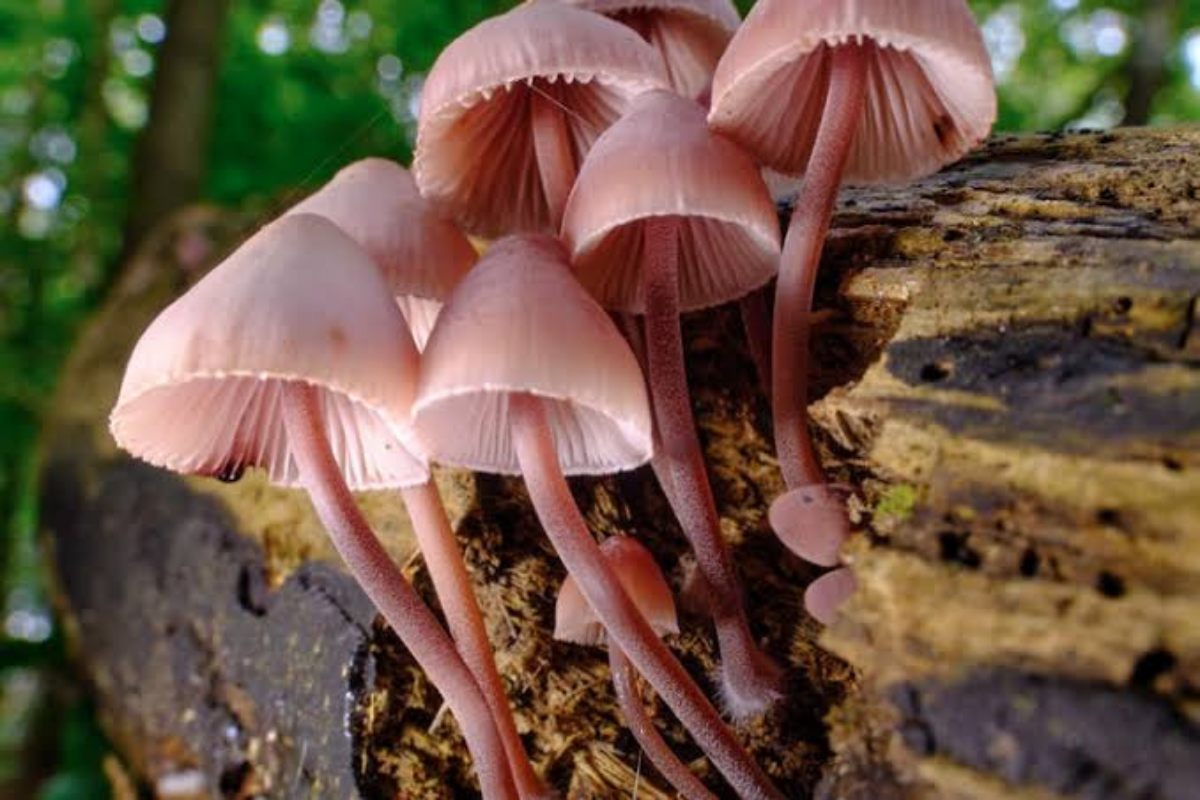It’s no secret that Earth’s biodiversity is at risk. According to the International Union for the Conservation of Nature, 26 percent of all mammals, 14 percent of birds and 41 percent of amphibians are currently threatened worldwide, mainly due to human impacts such as climate change and development. Other forms of life are also under pressure, but they are harder to count and assess.
Some scientists have warned of mass insect die-offs, although others say the case hasn’t been proved. And then there are fungi microbes that often go unnoticed, with an estimated 2 million to 4 million species. Fewer than 150,000 fungi have received formal scientific descriptions and classifications. If you enjoy bread, wine or soy sauce, or have taken penicillin or immunosuppressant drugs, thank fungi, which make all of these products possible.
Except for baker’s yeast and button mushrooms, most fungi remain overlooked and thrive hidden in the dark and damp. But scientists agree that they are valuable organisms worth protecting. As mycologists whose biodiversity work includes studying fungi that interact with millipedes, plants, mosquitoes and true bugs, we have devoted our careers to understanding the critical roles fungi play. These relationships can be beneficial, harmful or neutral for the fungus’s partner organism. But it’s not an overstatement to say that without fungi breaking down dead matter and recycling its nutrients, life on Earth would be unrecognisable.
The amazing biological fungal kingdom includes everything from bracket fungi, moulds and yeasts to mushrooms and more. Fungi are not plants, although they’re usually stocked near fresh produce in grocery stores. In fact, they’re more closely related to animals. But fungi have some unique features that set them apart. They grow by budding or as long, often branching, threadlike tubes.
To reproduce,fungi typically form spores, a stage for spreading and dormancy. Rather than taking food into their bodies to eat, fungi release enzymes onto their food to break it down and then absorb sugars that are released.
The fungal kingdom is very diverse, so many fungi break the mould. Fungi play essential ecological roles worldwide. Some have been forming critical partnerships with plant roots for hundreds of millions of years. Others break down dead plants and animals and return key nutrients to the soil so other life forms can use them.
Fungi are among the few organisms that can degrade lignin, a main component of wood that gives plants their rigidity. Without fungi, our forests would be littered with huge piles of woody debris. Still other fungi form unique mutualistic partnerships with insects.
Flavodon ambrosius, a white rot decay fungus, not only serves as the primary source of nutrition for certain fungus-farming ambrosia beetles, but it also quickly out-competes other wood-colonising fungi, which allows these beetles to build large, multigenerational communities.











